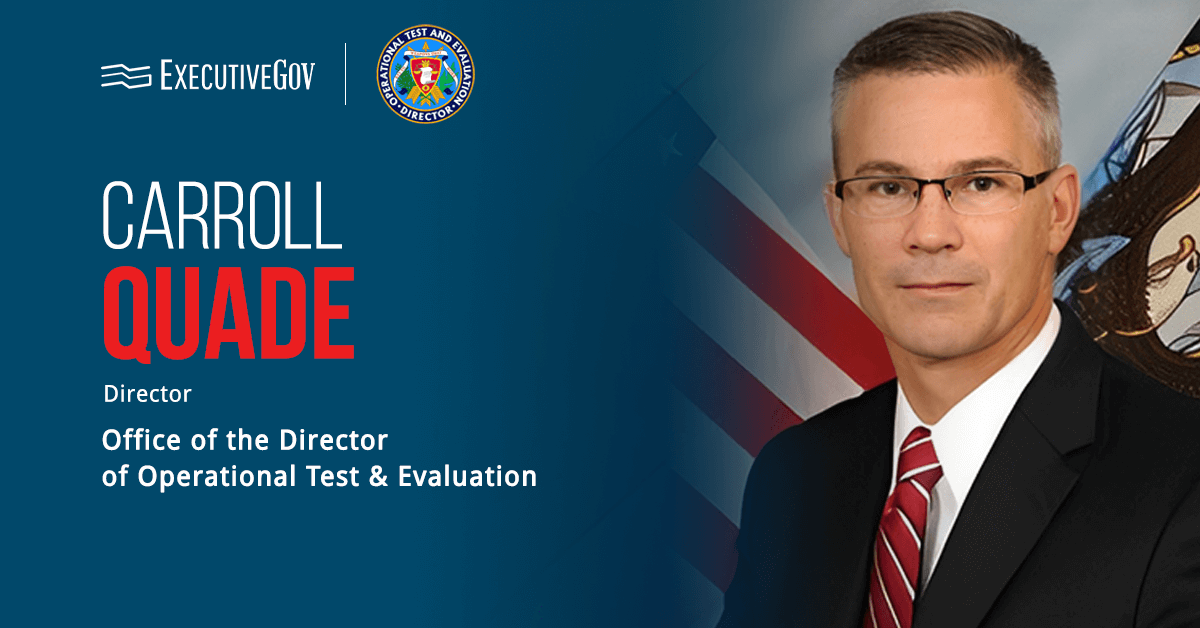The White House Council on Environmental Quality, in collaboration with the National Energy Dominance Council and other permitting agencies, has released the Permitting Technology Action Plan.
The White House said Friday that CEQ aims to modernize existing federal environmental review and permitting processes for various infrastructure projects, including roads, bridges, mines, factories and power plants.
What Is the Permitting Technology Action Plan?
The Permitting Technology Action Plan is a new government-wide strategy meant to facilitate the use of technology for more efficient evaluations of environmental permits. It intends to utilize technology to address challenges highlighted in CEQ’s E-NEPA Report to Congress, such as outdated systems, uncoordinated data management and disconnected digital tools.
The strategy is designed to optimize information exchange among agencies, simplify interactions for applicants and provide sponsors and stakeholders with transparency and predictability on environmental review and permitting schedules. It includes the minimum functional requirements for permitting systems and introduces an initial standard for National Environmental Policy Act data and technology. It also provides a timeline and implementation roadmap for agencies and a governance structure for overseeing its implementation.
The Permitting Technology Action Plan is a direct response to President Trump’s memorandum, “Updating Permitting Technology for the 21st Century.” It builds upon the establishment of the CEQ-led Permitting Innovation Center, which will work with the General Services Administration’s Technology Transformation Services to develop and test prototypes of permitting technology systems.
“The Trump Administration is working tirelessly to implement innovation-driven environmental review and permitting reforms to eliminate needless delays that cripple the growth of the U.S. economy, replacing outdated technology with efficient, speedier solutions,” said CEQ Chief of Staff Katherine Scarlett.












